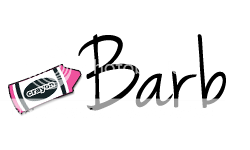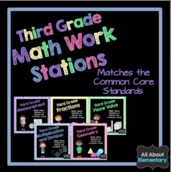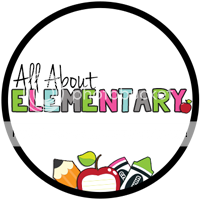When I was teaching first grade, sight words were a huge part of teaching Language Arts. The teachers I worked with and I used the fry's first 100 sight words with our students. The goal was that all students mastered those 100, but we would push students farther if they were ready for a new list of words. We broke the 100 fry words into lists of 25 for each nine weeks. I created activities that went along with each list. The activities I created were introduction PowerPoints, PowerPoints and word lists, flashcards, phrases, memory, bingo, and rainbow words. Here is how I used each resource.
Introduction PowerPoint- These PowerPoints consist of one slide with five words that you can introduce to your students, practice reading them and talk about them. Then there is a slide where students can put the word into a sentence. There are 25 words for the nine weeks, so you could do this for five weeks.
PowerPoints- These are like flashcards in a PowerPoint. I would project the word on the board and have students practice reading it. I did this if I had a few extra minutes before a transition. You could also print them and make a sight word book for students to practice reading.
Word Lists- These word lists were used for me to check off the words students knew. I also would copy a word list to the back of the classroom newsletter each week to let the parents know which words we were working on so they could practice at home.
Flashcards- I printed these for students to have sight word bags. Students would practice these words with a partner. While they worked in partners I tested students on their sight words or practice flashcards with them.
Phrases- These phrases are great for guided reading. While we are transitioning or right at the beginning of the lesson I would give students a couple of fry word phrases to practice reading fluently.
Memory- The memory games were put in my Daily 5 word work area.
Bingo- I would play this with the whole class on Fridays every couple of weeks.
Rainbow Words- These pages were used for morning work or were used in my word work area.
These resources were a huge help for me when I worked with beginning readers. I hope you find them helpful as well.



















